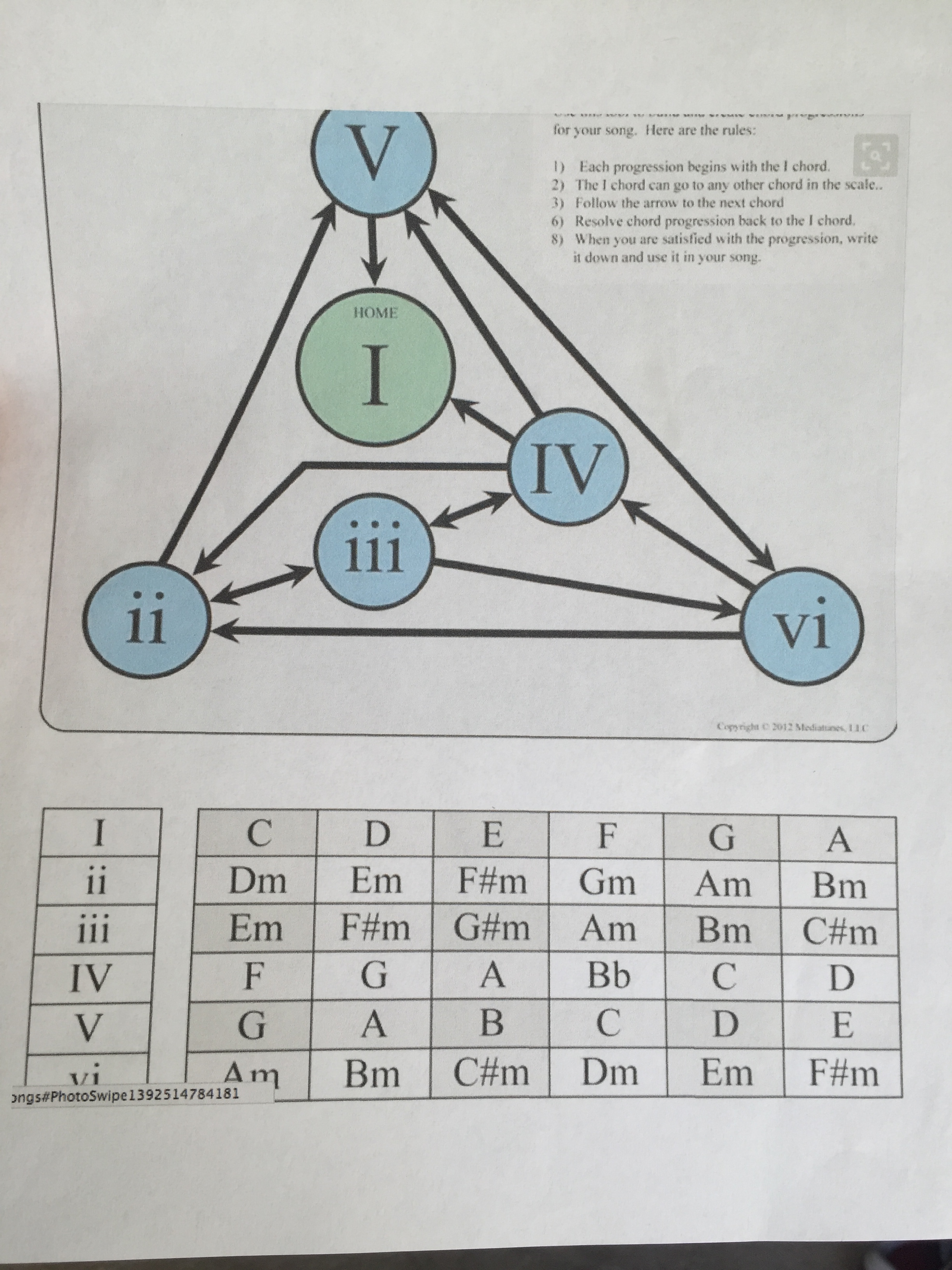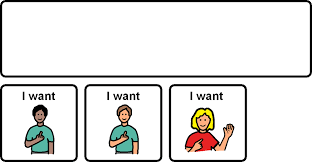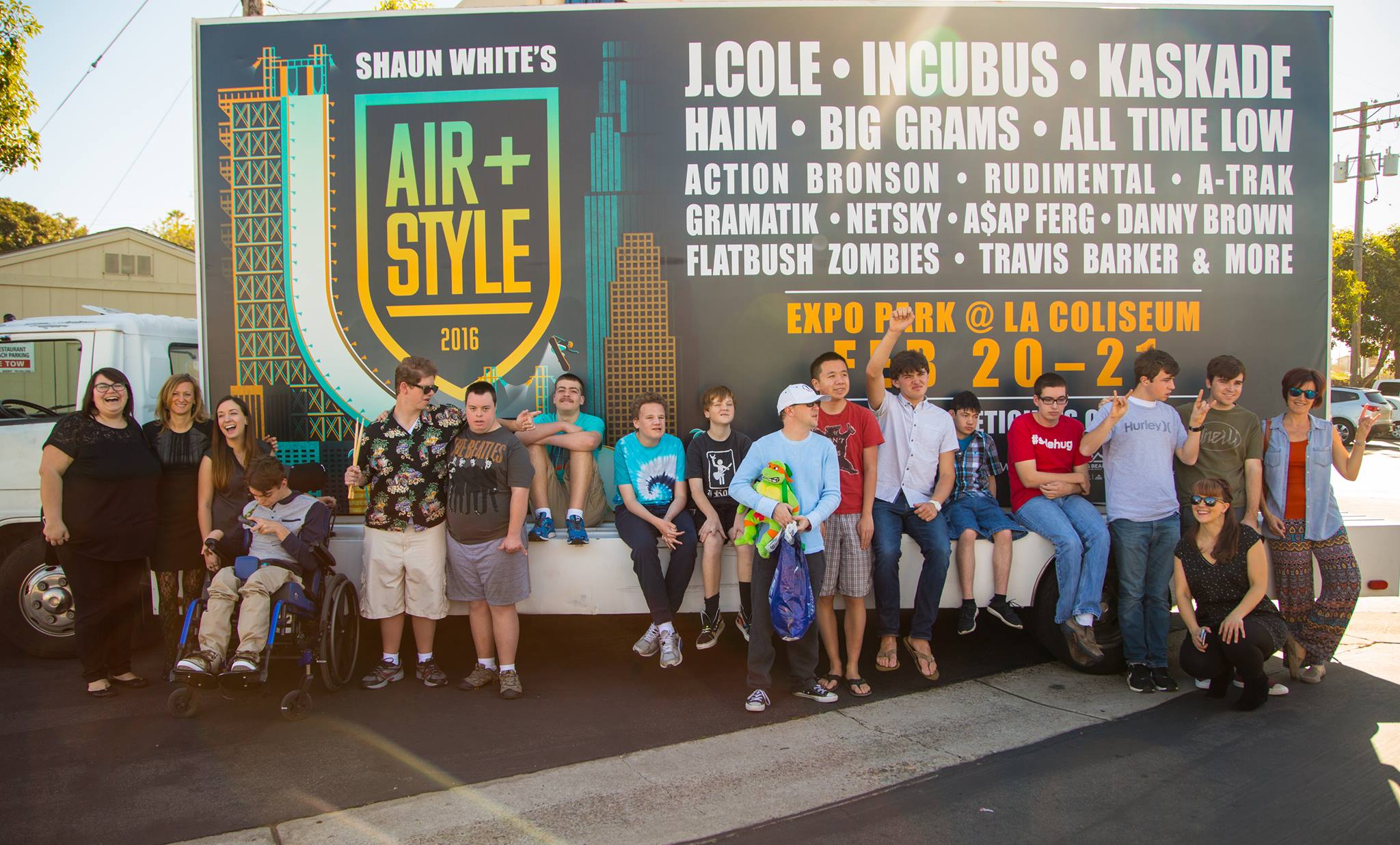AEFCT – Learnings from Applied Behavior Therapists
Behavior serves a function. From infants to the elderly, humans behave the way they do for a reason. When it comes to our clients, addressing the reason can sometimes be the first step towards making progress in their goal areas.
Recently in symposium, Shannon Wallace and Maryann Le of AEFCT came to present to our staff on “Function of Behavior Training”. (Find out more about AEFCT here: http://aefct.com/) Their presentation opened my eyes to several important factors to consider while working with clients.
A key concept in knowing how to address the behavior of a client is understanding the function of the behavior. I learned that this is a phrase commonly used amongst behavior therapists that basically answers the question: why is the client doing what they are doing? Is their behavior seeking to gain the attention of somebody or to meet a physical need (are they hungry.. thirsty.. need to use the restroom)? What is their specific purpose for what they are doing? Sometimes this can be a very tricky question to answer.
Consider the fact that many of the behaviors we as therapists view as “challenging” are behaviors the client probably views as functional, because engaging in them gets their needs met in one way or another. Maybe screaming at the top of their lungs in the store gets them the toy they wanted (mom gives in to alleviate the situation). Maybe engaging in disruptive behavior in the classroom gets them out of doing difficult work (they are removed from classroom for disciplinary purposes).
The 3 functions of behavior are:
- Positive reinforcement (behavior produces an outcomes that is desired by the child)
- Negative reinforcement (maladaptive behavior like escape or avoidance)
- Sensory Regulation (maladaptive behavior occurs in order to regulate the level of input from environment)
First determining the function of behavior helps us understand how to appropriately address it. According to Shannon and Maryann, “When we know the antecedents and consequences of behavior, we can intervene in ways that provide an appropriate behavior that achieves the same function.” This was one of the biggest lessons I learned through this presentation: the importance of providing an appropriate alternative to undesired behavior. Since this time, I have been applying this principal in many of my sessions. This includes things like redirecting a client who hits the table vigorously with his palms to playing a drum in order to receive that sensory feedback as well as redirecting a client who constantly asks what’s next by helping them give positive compliments to other group members. Always be thinking how you can provide clients with a functional, appropriate alternative.
One final important aspect to consider is being on board with the parents with your strategies and approach towards behavior. It is important that you are handling the behavior in a way that is congruent with how the parents are handling it at home. Although this is not always possible, when it is, it can be extremely effective for the client. Discuss strategies and approaches with your client’s family in order to determine what is best for them.
I’ll leave you with a short story of how these ideas have manifested themselves over the past month of my internship. I have been working for 5 months with a non-verbal 8 year old client who, ever since I started with him, will manage to have a handful of my hair at some point in almost every session. I have worked so hard on developing my “mom” voice, being stern, changing my affect, letting him know that is not okay, singing songs about having “gentle hands” and practicing what that looks like, redirecting him to a drum or other instrument or ignoring the behavior. Although some of these tactics have seemed to work in the moment, we had a session 2 weeks ago where we were in the middle of an intervention at the piano together and I felt like we were connecting more than we ever have – he was sustaining eye contact, following directions, smiling at me – we were communicating so much nonverbally to each other through our playing. I look down at him and he’s smiling so huge and then suddenly he reaches out and grabs two handfuls of my hair. In this moment I realized that my assessment of the function of his behavior may have been off all along – maybe the reason he is engaging in this behavior is because he wants to communicate something to me and doesn’t have a way to do so. I didn’t struggle against him or whip out my stern voice and say “not okay”, I instead maneuvered my head so that I could make eye contact with him and just looked at him with a neutral affect, locking eyes – simply letting him know I was there and present with him. After a moment, he let go, no words were said and we continued with the intervention. Since this time, I have been motivated to give him absolutely every opportunity to make a choice, communicate with his device, and request activities in an attempt to provide him with a means to communicate whatever it was he was trying to say by grabbing my hair. Through my clients I am learning countless lessons about the function of behavior, communication and human connection.
-Marissa





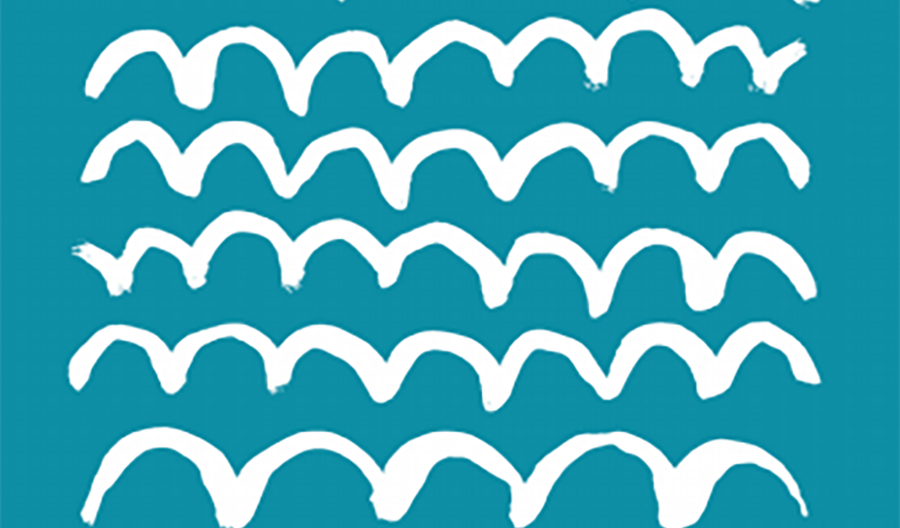
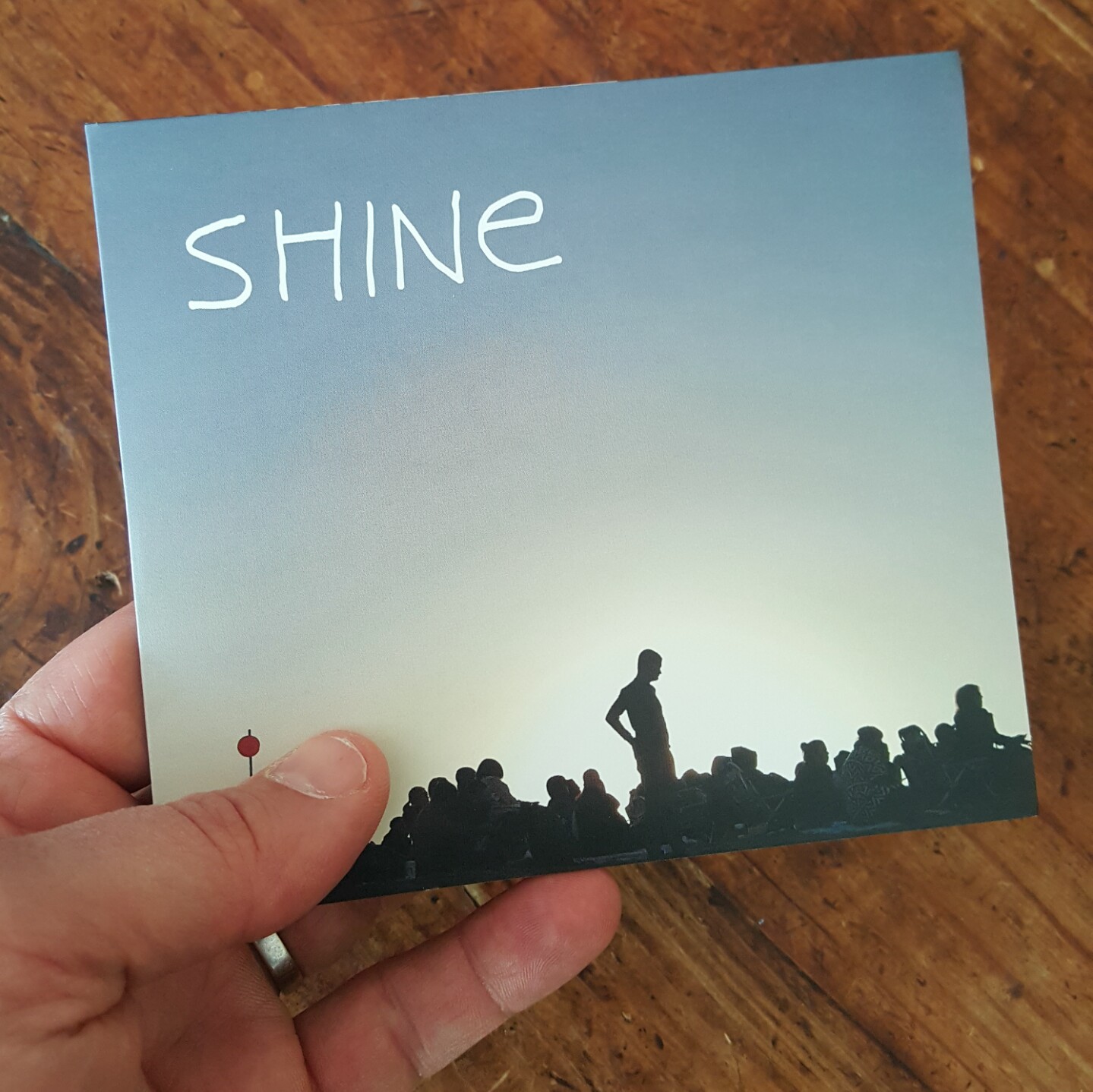
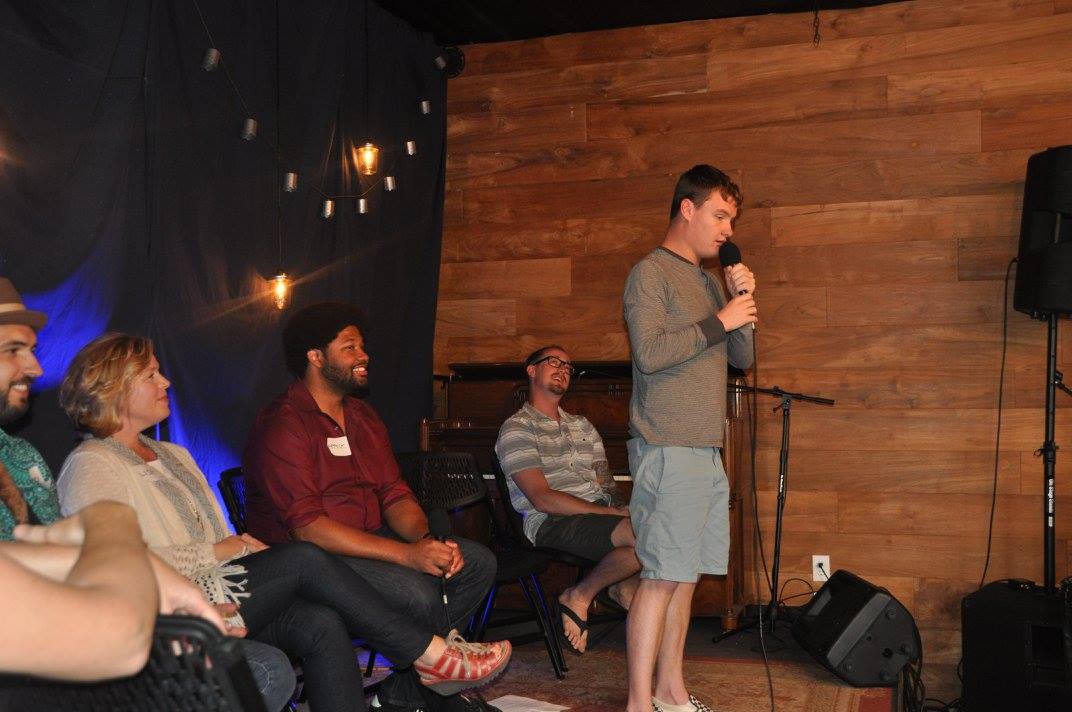
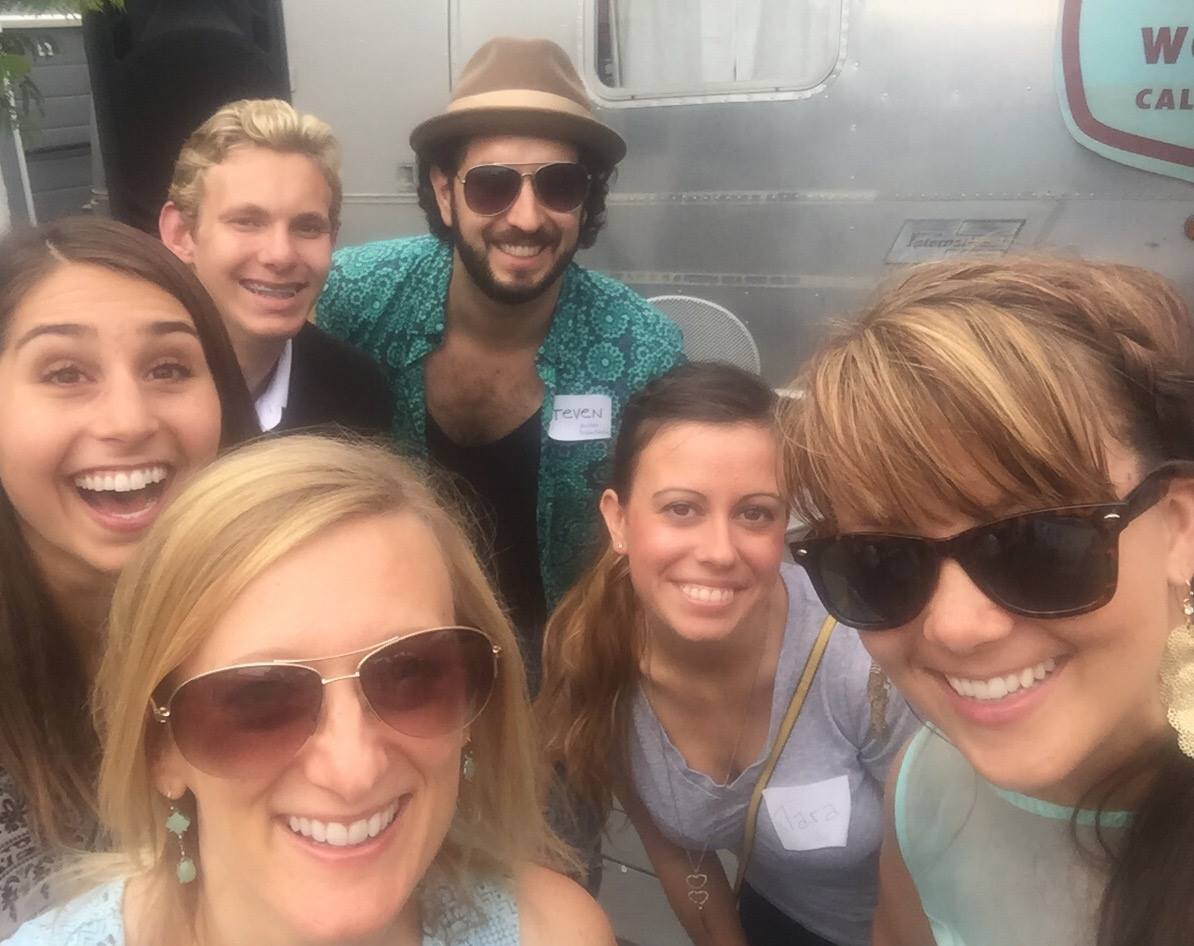
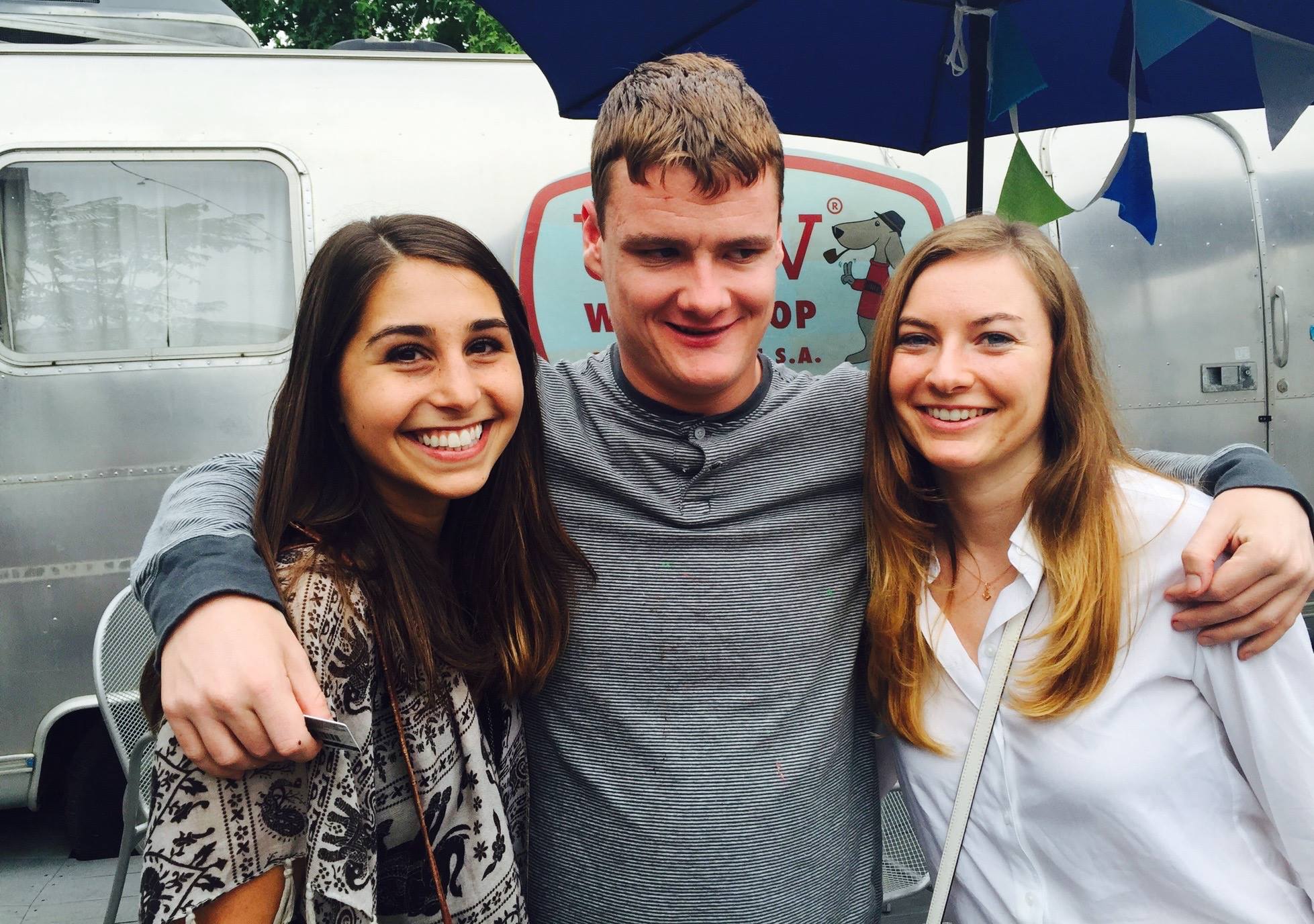
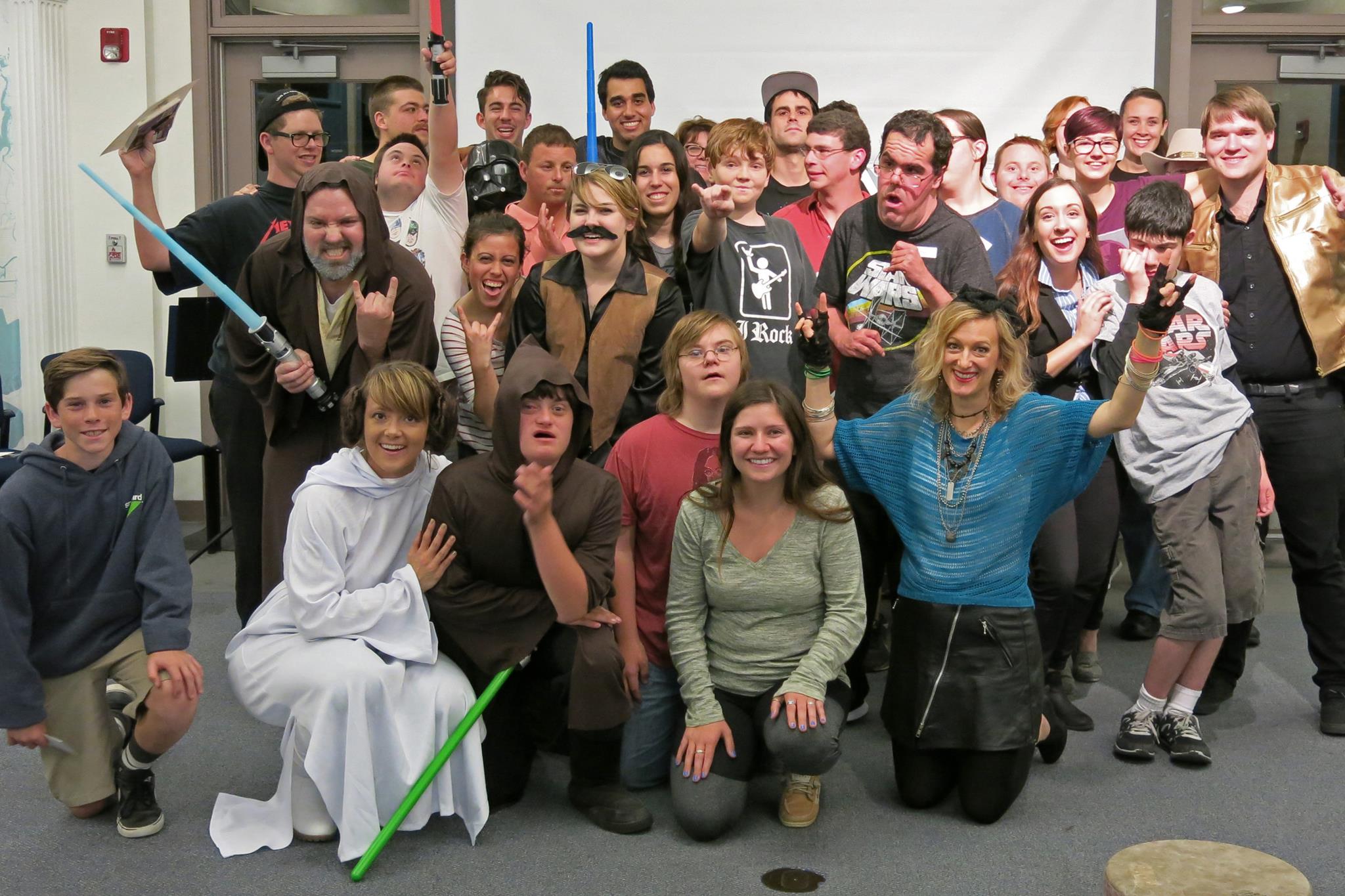
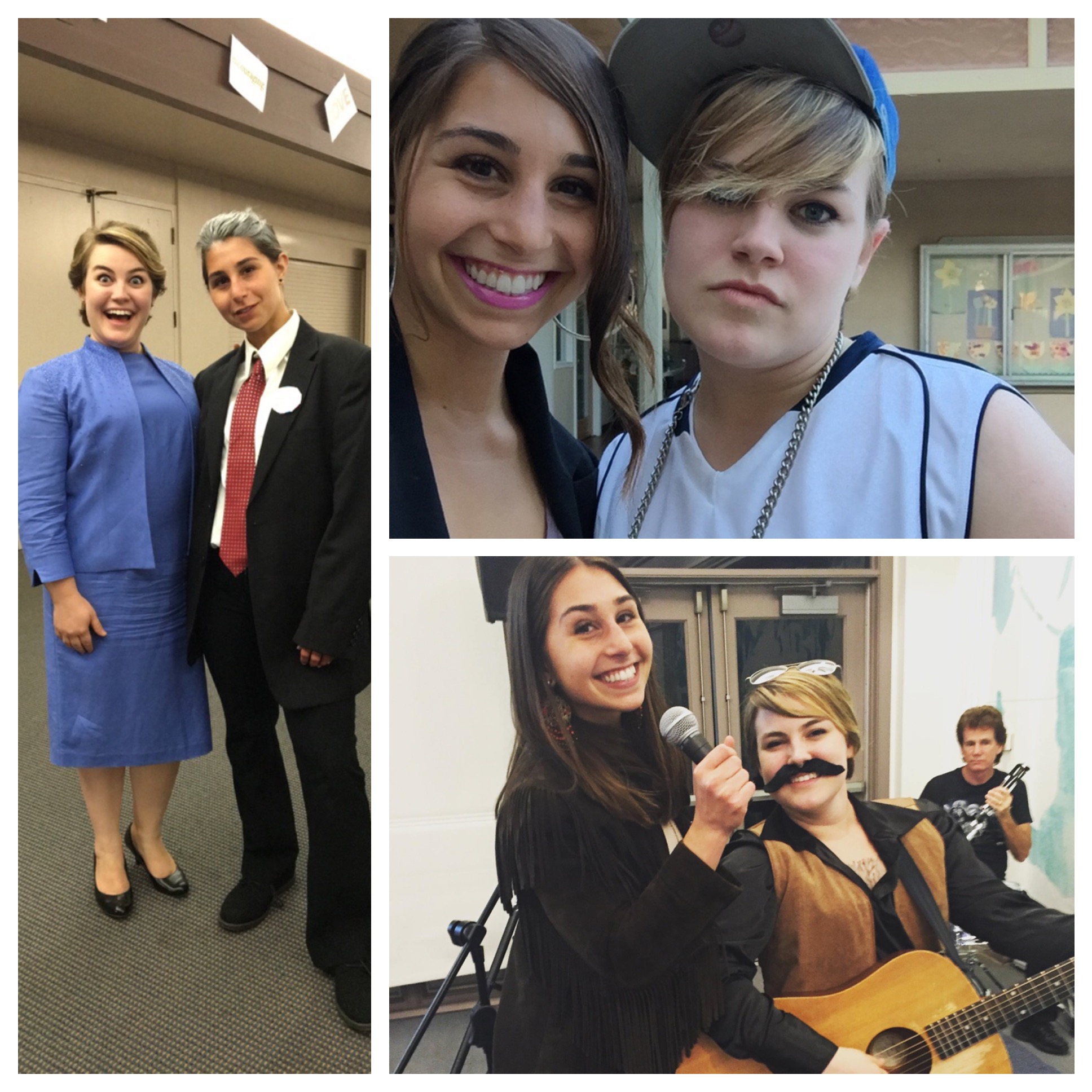

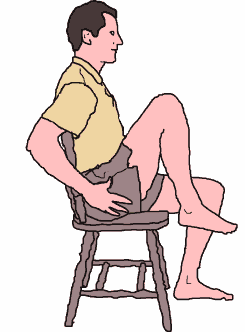

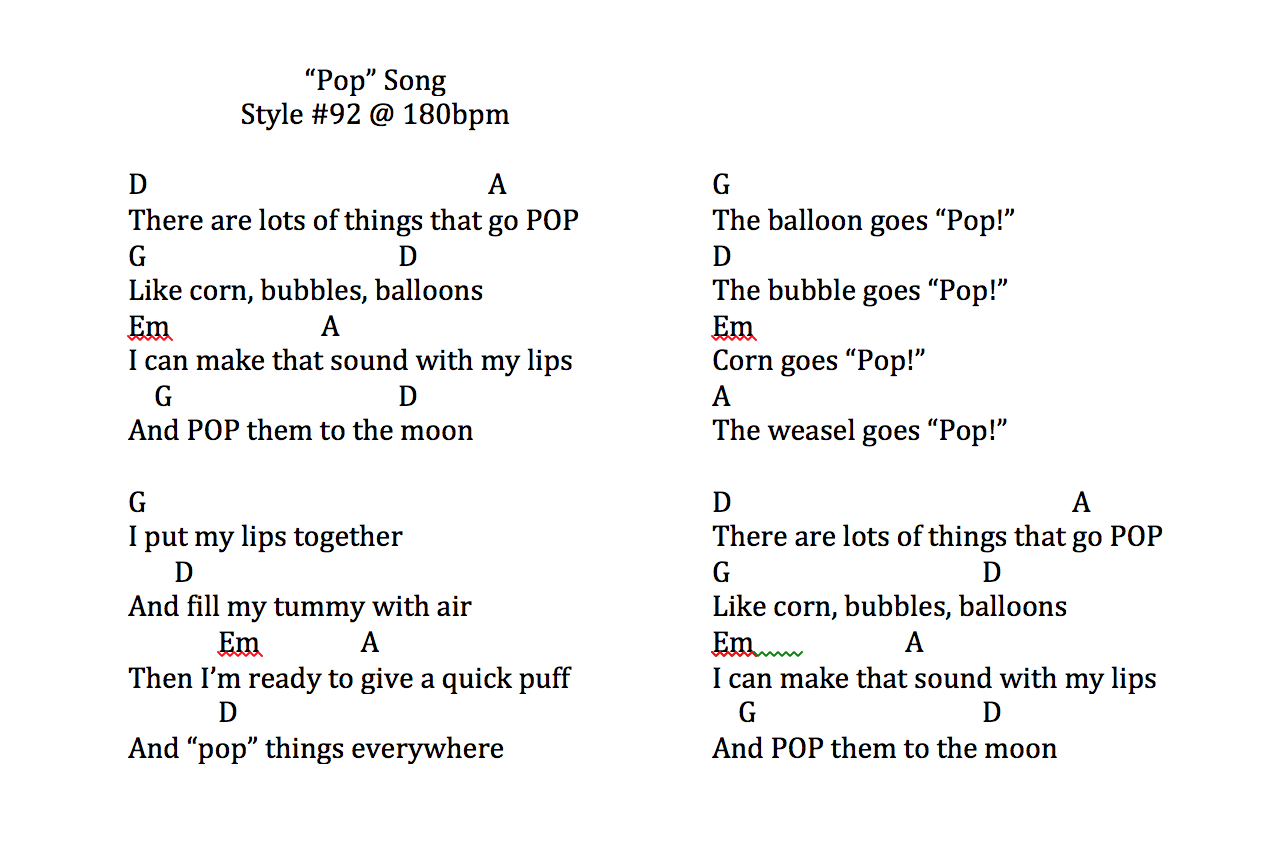
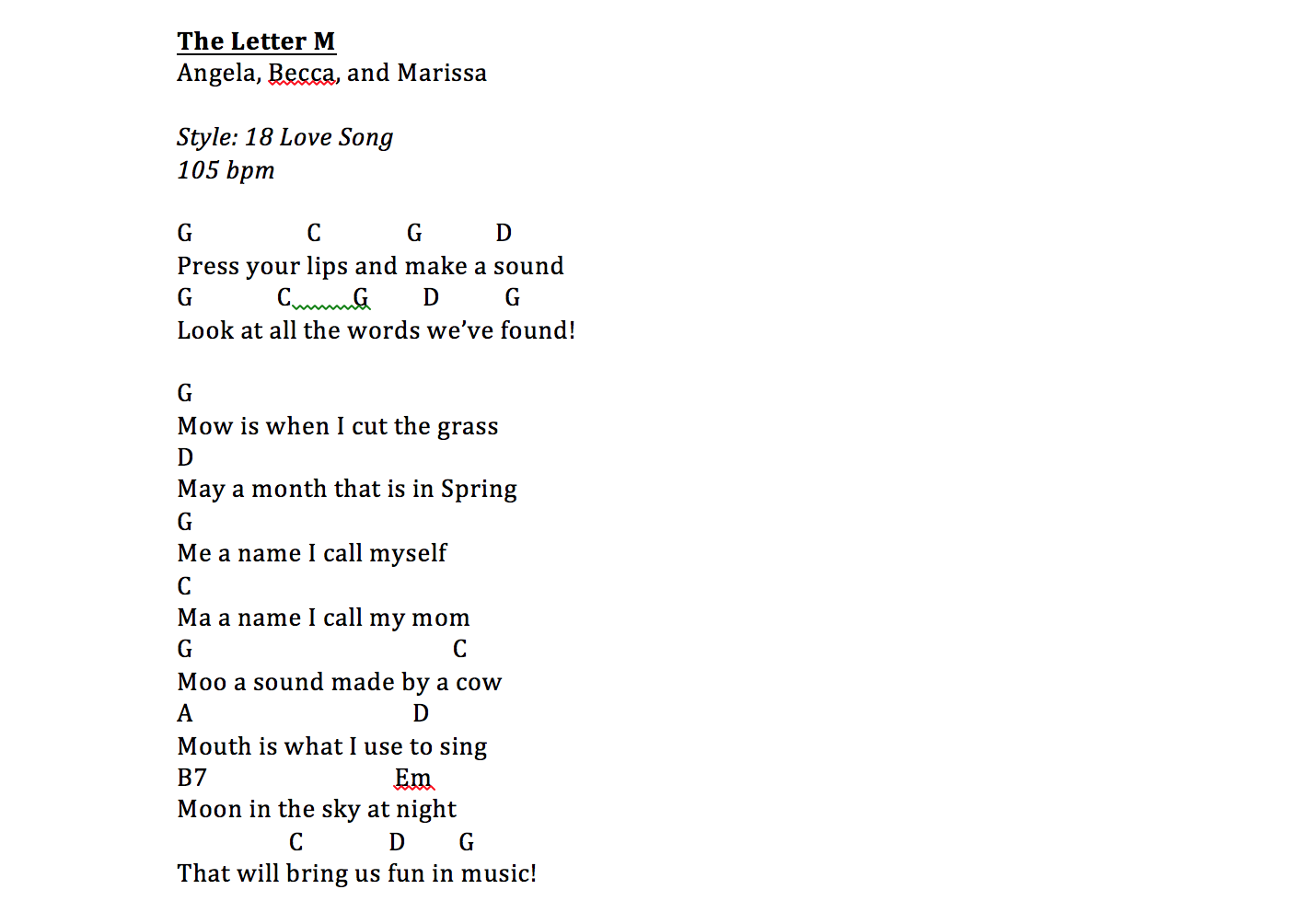


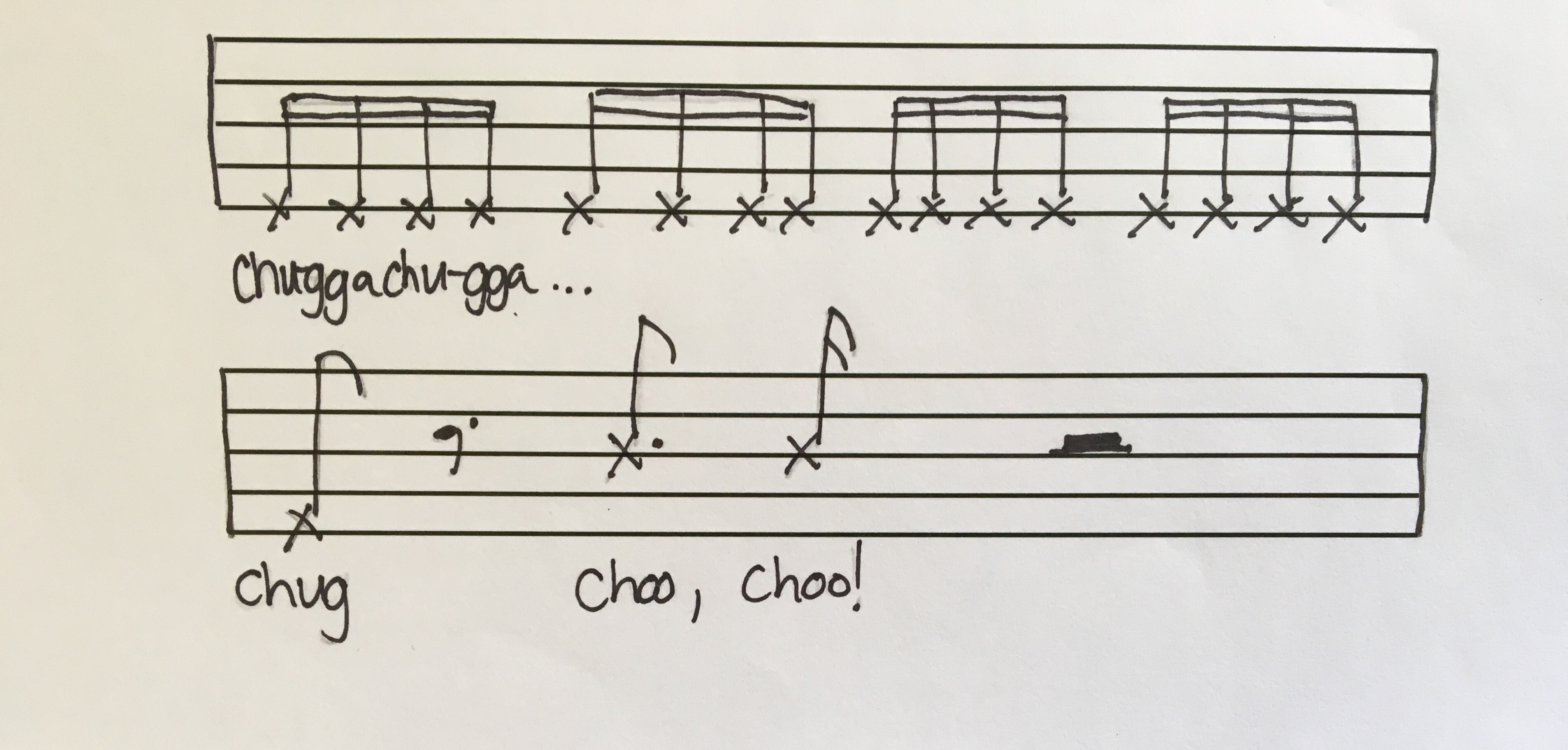
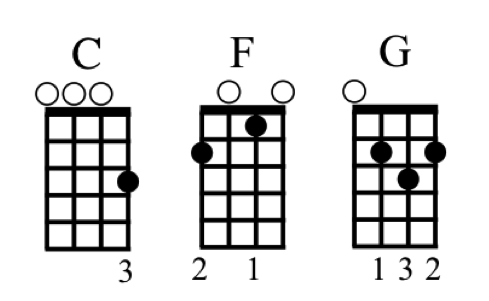
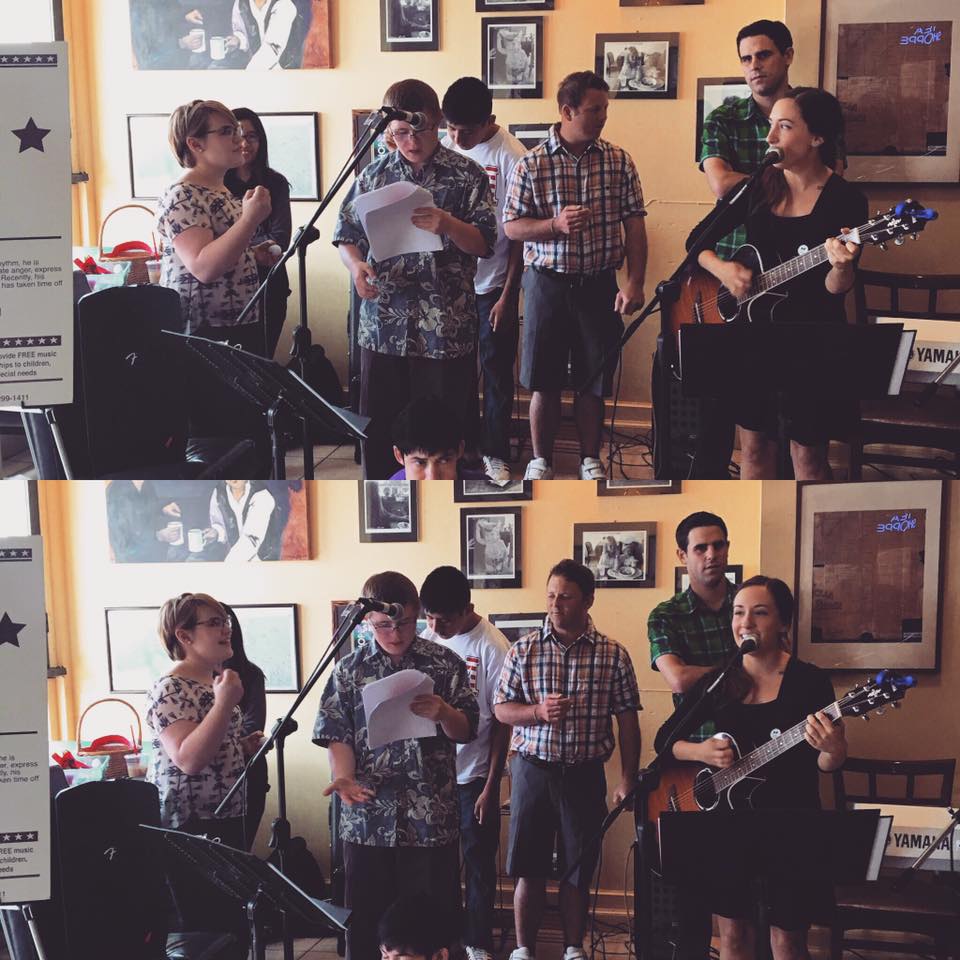 -Becca
-Becca